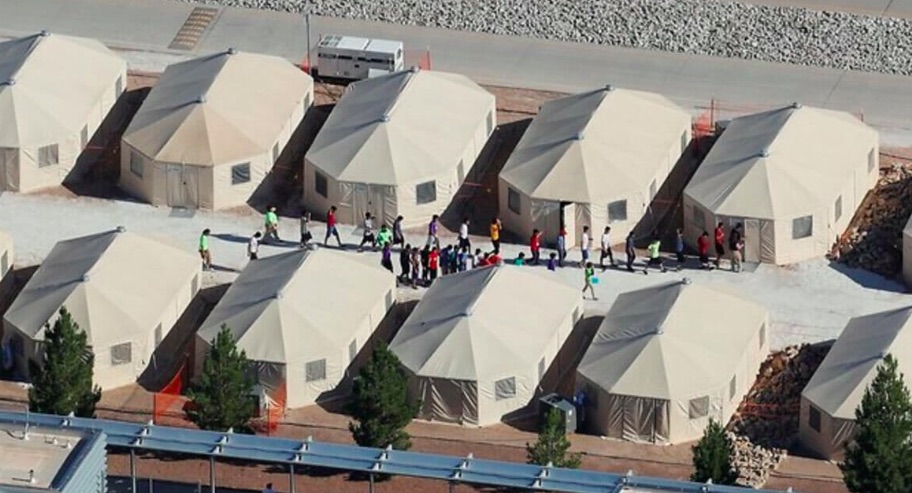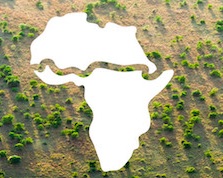Last month we reported on reforestation projects in Africa: the Great Green Wall that streteches from one side of Africa to the other; and the Million Tree Initiative in Zambia. And previously we reported on reforestation projects in China , Pakistan and Brazil.
This month we add reports on the Greentrees Sequester initiative in North Americ and the project Defenders of the Forest in Madagascar. The Greentrees initiative recerived an award from the American Carbon Registry “in recognition of exceptional implementation of the world’s largest reforestation project both in terms of volume of high-quality verified emissions reductions issued and number of participating landowners and acres.”
The Madagascar project is important because the island is one of the world’s most important biodiversity hotspots with the vast majority of its species of fauna and flora endemic to the island. Much of Madagascar’s wildlife is under threat, particularly its humid forests.” The Mitsinjo Association, composed of the local conservationists, hires local youth to plant trees and conserve the animals that are in danger of extinction. The Association engages in a variety of education and capacity building programs for the communities they support, including schools.
Meanwhile the divestment from fossil fuels continues to gather force. We have previously reported on divestment initiatives by a wide variety of local and global organizations, including the World Bank, Catholic institutions, Norway and New York City. Go Fossil Free, a group that advocates for fossil fuel divestment, estimates that $6.15 trillion worth of fossil fuel assets have been sold off since the movement started in 2010.
In Japan, which has been one of the biggest financiers of coal technology in the world, Nippon Life Insurance, Japan’s largest life insurer, with assets of $667 billion, has announced that they will stop financing coal-fired power plants.
This month we report that the Parliament of Ireland has voted to sell off its estimated $370 million in fossil fuel investments “as soon as is practicable.” Ireland’s vote is particularly important because it reflects a major shift in the divestment movement, Originally, fossil fuel divestment was entirely driven by moral concerns—institutions pulled their money out of oil, gas, and coal companies because they didn’t want to be contributing to the destruction of a stable climate. Now, divestment is increasingly seen as a smart financial move for investors.
Perhaps most important of all, there continues to be progress in renewable energy that does not pollute the atmosphere. A few months ago, we reported on increased investment in solar power in China, Australia, Sweden, UK and Germany, including electric cars and a solar highway in China. And this month we see that India is making strides towards leadership in wind and solar power. Although renewable energy currently supplies only 20% of the country’s needs, this is beginning to change as a result of financial considerations. New renewable energy is less expensive to build than it costs to run most of the existing coal fired power in the nation—let alone construct new plants.
Finally, for a holistic approach, we can recommend that of Agroecology. In Brazil, the National Association of Agroecology has brought together several hundred farmers’, women’s, artists’ and activists’ organizations over the course of the last fifteen years to promote a new model of development based on farming and land use practices in an ecological and common good perspective centered around traditional and popular knowledge and culture. The very nature of agroecology is transversal and holistic. Considering the 17 Sustainable Development Goals adopted by the United Nations, agroecology covers the majority of them: climate, water, the fight for gender equality, against poverty, hunger, decent work, etc.
|
SUSTAINABLE DEVELOPMENT |
DISARMAMENT AND SECURITY |
DEMOCRATIC PARTICIPATION |
FREE FLOW OF INFORMATION |
|
WOMEN’S EQUALITY |
HUMAN RIGHTS |
TOLERANCE AND SOLIDARITY |
EDUCATION FOR PEACE |






























